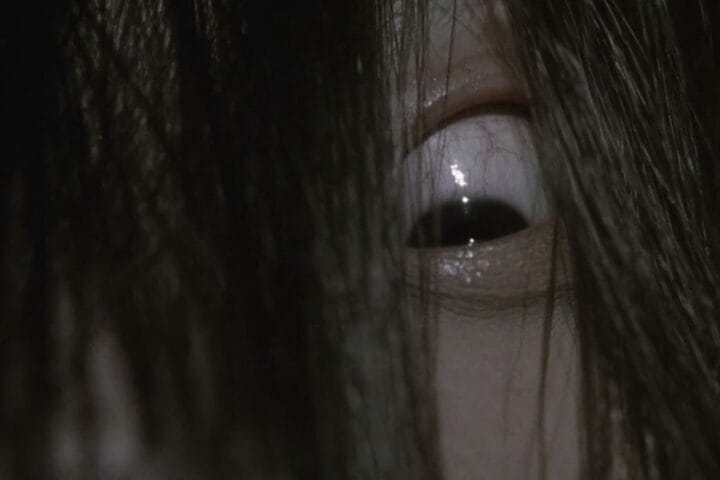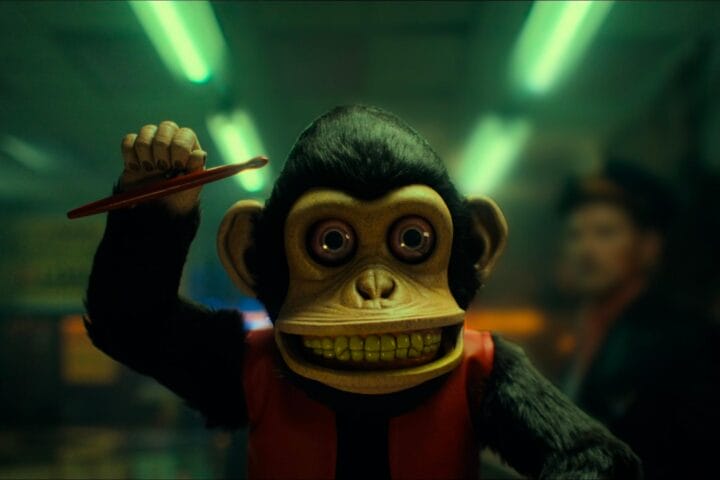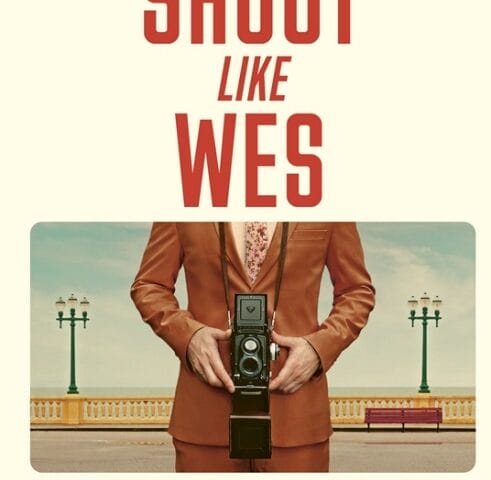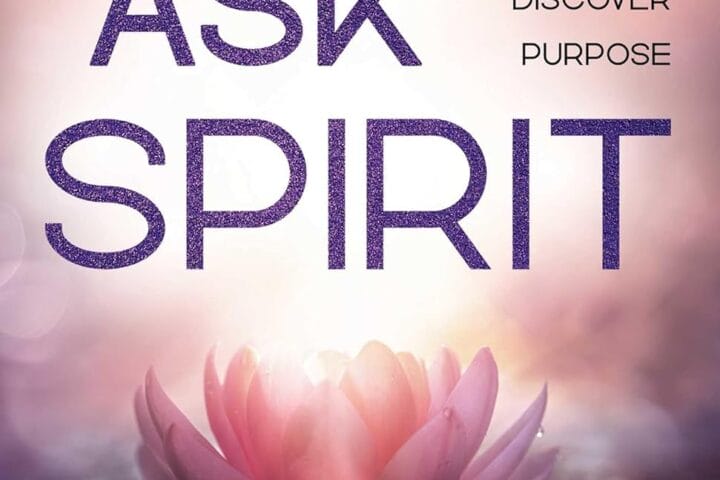The human psyche possesses an undeniable, if sometimes unsettling, fascination with fear. Horror literature, in its myriad forms, provides a unique and compelling outlet for this fascination, offering readers a carefully constructed space to confront their deepest anxieties and explore the shadowy corners of the human experience. While the specific nature of what chills us to the bone can be deeply personal, varying from individual to individual and across cultural landscapes, a select group of novels has consistently resonated with readers across generations, etching themselves into the collective consciousness as true masterpieces of terror. These are the books that have not only delivered unforgettable scares but have also shaped the very landscape of the horror genre, influencing countless writers and filmmakers and continuing to captivate and disturb audiences today.
The Pantheon of Fear: Essential Horror Novels That Still Haunt Us
To identify the essential horror novels that have stood the test of time, a survey of various literary websites and publications reveals a remarkable consistency in the titles that appear on “best of” lists. This recurring presence across multiple reputable sources suggests a strong consensus on the most impactful and enduring works of horror literature. The following table showcases the frequency with which certain titles are mentioned, highlighting the core books that form the bedrock of the genre’s most celebrated achievements.
| Book Title | Author | Mentions | Example Sources |
|---|---|---|---|
| Dracula | Bram Stoker | 13 | StoryGraph, Goodreads, Reedsy, Barnes & Noble |
| Frankenstein | Mary Shelley | 13 | StoryGraph, Goodreads, Reedsy, Barnes & Noble |
| The Haunting of Hill House | Shirley Jackson | 11 | StoryGraph, Nightmare Magazine, Goodreads, Paste |
| It | Stephen King | 10 | StoryGraph, Goodreads, Paste, LibraryThing |
| The Shining | Stephen King | 10 | StoryGraph, Nightmare Magazine, Goodreads, Paste |
| ‘Salem’s Lot | Stephen King | 9 | Nightmare Magazine, Goodreads, LibraryThing, Paste |
| The Exorcist | William Peter Blatty | 9 | Nightmare Magazine, Goodreads, Greatest Books |
These titles, appearing most frequently in discussions of all-time great horror, represent a diverse range of styles and terrors within the genre. For a more in-depth exploration, we will focus on these seven iconic novels that continue to haunt the imaginations of readers.
| Book Title | Author | Primary Horror Subgenre(s) |
|---|---|---|
| Dracula | Bram Stoker | Gothic Horror, Vampire Fiction, Supernatural Horror |
| Frankenstein | Mary Shelley | Gothic Horror, Science Fiction Horror, Body Horror |
| The Haunting of Hill House | Shirley Jackson | Gothic Horror, Psychological Horror, Supernatural Horror |
| It | Stephen King | Supernatural Horror, Creature Feature, Psychological Horror |
| The Shining | Stephen King | Psychological Horror, Supernatural Horror, Gothic Horror |
| ‘Salem’s Lot | Stephen King | Vampire Fiction, Supernatural Horror, Gothic Horror |
| The Exorcist | William Peter Blatty | Supernatural Horror, Theological Horror, Body Horror |
These books, while sharing the common thread of horror, delve into distinct types of fear, showcasing the breadth and adaptability of the genre.
Beyond the Usual Suspects: Exploring Other Terrifying Tales
While the aforementioned titles consistently top the lists, several other books appear frequently enough to warrant recognition as significant contributions to horror literature. These works often explore specific subgenres or offer unique approaches to creating terror. Gothic horror continues to be a popular vein, with J. Sheridan Le Fanu’s Carmilla standing out as an early and influential vampire tale with strong psychological undertones. Henry James’s The Turn of the Screw remains a chilling example of gothic horror with a central ambiguity that fuels endless debate about the nature of the haunting. Daphne du Maurier’s Rebecca masterfully blends gothic atmosphere with psychological suspense.
Modern masters have also left their indelible mark on the genre. Peter Straub’s Ghost Story weaves a complex narrative of past transgressions returning to haunt the present. Toni Morrison’s Beloved utilizes gothic and supernatural elements to explore the horrific legacy of slavery. Anne Rice’s Interview with the Vampire redefined vampire fiction by focusing on the inner lives and moral complexities of its undead protagonists.
More experimental forms of horror have also gained significant recognition. Mark Z. Danielewski’s House of Leaves challenges conventional storytelling with its intricate narrative structure and typographical experimentation. Ray Bradbury’s Something Wicked This Way Comes offers a haunting blend of dark fantasy and horror in a coming-of-age narrative. Finally, Richard Matheson’s I Am Legend stands as a groundbreaking work of post-apocalyptic horror, influencing both vampire and zombie fiction. These titles demonstrate the diverse and ever-evolving nature of horror literature.
The Anatomy of Fear: Unpacking Common Threads and Techniques
Across these celebrated works, certain themes and literary techniques consistently emerge, contributing to their enduring power to frighten and captivate readers. One prevalent theme is isolation and confinement. Whether it’s the physical isolation of the Overlook Hotel in The Shining , the oppressive atmosphere of Hill House , Victor Frankenstein’s self-imposed seclusion , or the imprisonment in Dracula’s castle , the feeling of being trapped and cut off from the world amplifies vulnerability and allows internal anxieties to take terrifying external forms. This taps into a fundamental human fear of being alone and helpless.
Another recurring element is the uncanny and the other. The unsettling feeling of the familiar becoming strangely alien, as seen in the monstrous creation of Frankenstein or the seemingly ordinary neighbors in Rosemary’s Baby , creates a deep sense of unease. Similarly, the fear of the unknown, embodied by Dracula’s foreignness , the entity in It , or the shifting reality in House of Leaves , plays on our primal anxieties about what lies beyond our comprehension and control.
Psychological suspense and paranoia are also crucial techniques employed in many of these classics. The gradual descent into madness in The Shining , Eleanor’s increasing instability in The Haunting of Hill House , Rosemary’s growing suspicion in Rosemary’s Baby , and Johnny Truant’s obsessive unraveling in House of Leaves demonstrate how internal states of fear and uncertainty can be far more terrifying than overt threats. This taps into our own anxieties about mental fragility and the potential for our minds to betray us.
The timeless battle between good versus evil remains a central theme, often personified in iconic antagonists. Dracula embodies ancient evil invading the modern world , Pennywise represents a primordial force of destruction , the demon in The Exorcist challenges the very foundations of faith , and Kurt Barlow brings a plague of darkness to a small American town in ‘Salem’s Lot. These struggles resonate with our innate moral compass and the enduring human desire for light to triumph over darkness.
Finally, the theme of loss of innocence and corruption is particularly potent in horror. The tragic fate of Georgie in It , the potential for the children’s corruption in The Turn of the Screw , and the sinister temptations of the carnival in Something Wicked This Way Comes highlight the vulnerability of youth and the devastating impact of evil on the pure and unblemished.
From a literary standpoint, many of these books utilize the gothic atmosphere to enhance the horror. Eerie settings, such as Dracula’s Transylvanian castle , Frankenstein’s bleak landscapes , the decaying Hill House , and the isolated Overlook Hotel , create an immediate sense of unease and foreshadow the terrifying events to come. The use of an unreliable narrator, particularly in The Haunting of Hill House and The Turn of the Screw , further blurs the lines between reality and perception, amplifying the psychological horror. The skillful deployment of foreshadowing and suspense keeps readers on the edge of their seats, anticipating the horrors that lie ahead. And the rich use of symbolism and imagery allows authors to convey deeper meanings and create vivid, often disturbing, mental landscapes that linger long after the final page is turned.
Why We Still Scream: The Enduring Legacy of Horror Literature
These top horror novels, spanning centuries and exploring diverse facets of fear, continue to hold a powerful grip on readers for a multitude of reasons. They act as potent reflections of the societal anxieties prevalent during their respective eras. Dracula mirrored Victorian fears of foreign invasion and moral decay , while Frankenstein grappled with the ethical implications of rapidly advancing science. Shirley Jackson’s work tapped into post-war anxieties and the fragility of the domestic sphere , and Stephen King’s novels often explore the darkness lurking beneath the surface of seemingly normal American towns.
Beyond reflecting societal fears, horror literature offers a cathartic release. By confronting terrifying scenarios within the safe confines of a book, readers can process their own anxieties and perhaps gain a sense of mastery over the uncontrollable aspects of life. 1 Ultimately, the enduring appeal of these books lies in their exploration of fundamental human concerns: mortality, the nature of evil, the fragility of sanity, and the persistent mystery of the unknown. 2 These are timeless anxieties that continue to resonate deeply, ensuring that these spine-chilling tales will continue to haunt and fascinate readers for generations to come.











